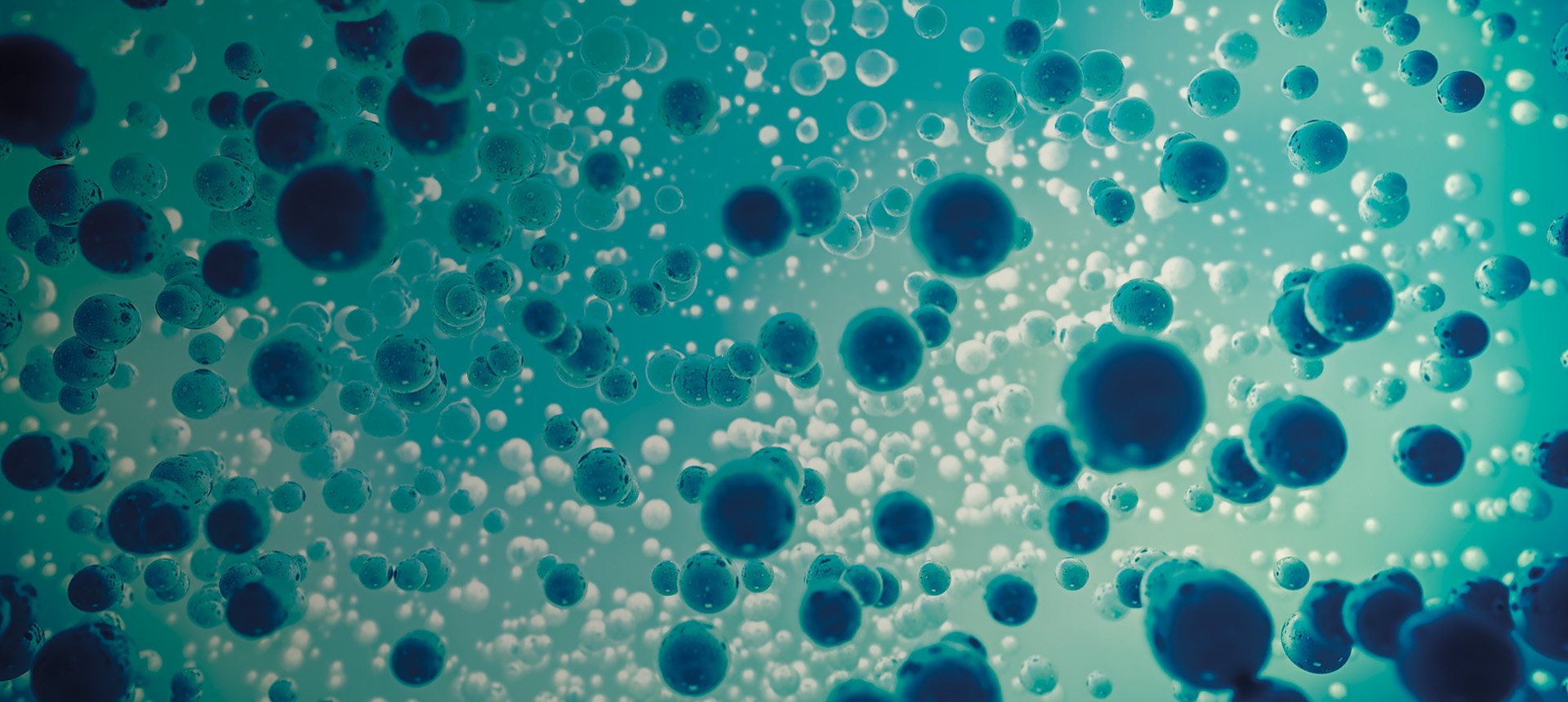What are enantiomers?
A molecule that exists in two mirror image forms that cannot be superimposed on each other, no matter how you rotate them, is called a chiral molecule. The two mirror image molecules are called enantiomers. If your hands represented two molecules, they would be enantiomers because they are mirror images, but not superimposable.
Enantiomers in a chiral environment
Enantiomers have identical physical properties like boiling point or melting point and will react in the same way in an achiral environment. But in a chiral environment, the differences will become obvious. You can think of a chiral environment like a glove that only one hand fits into. An achiral environment would be like a flat surface – it does not matter which hand you put on the surface.
Enantiomer examples
Many enantiomers exist in the biological world, and in molecules for flavours and fragrances. Limonene is a naturally occurring chiral molecule that has two enantiomers: (R)-limonene and (S)-limonene. The (R-) form contributes to the smell of oranges, but the (S-) form smells of turpentine. Smell is detected by receptors in the nose and the molecule must fit the receptor site, so like the glove, different enantiomers will only fit specific receptor sites.
Importance of producing one enantiomer
Normally enantiomers exist in a racemic mix – that is an equal amount of each enantiomer. But for drug manufacturers, the ability to consistently and reliably produce one enantiomer is crucial. This is because often only one of a drug’s enantiomers is responsible for the desired physiological and therapeutic effects – while the other enantiomer is less active, inactive or even harmful. Enzymes provide manufacturers with an effective technology to produce optically pure drugs. Compared to traditional chemocatalysts, enzyme catalysts are often much more selective. This selectivity makes them an invaluable technology for the asymmetric synthesis of chiral intermediates.
JM’s enantiomer expertise
At JM we use computational modelling to design the right enzyme catalyst for manufacturing chiral molecules, and ensuring the correct enantiomer is produced. JM’s computational technologies combine advanced software tools and large computerised databases to rapidly predict the best existing natural enzyme for a desired chemical reaction or process. In cases where an ideal natural enzyme cannot be found, JM turns to enzyme engineering, using our smart library design process. In this process, thousands of enzyme variants are computationally screened by analysing the changes in their amino acid sequence in the context of their encoded 3D structure.
We have a wide range of chiral catalysts and biocatalysts to ensure the right form of the molecule is manufactured, and supply these to the pharmaceutical, agrochemical and flavour and fragrance industries.




